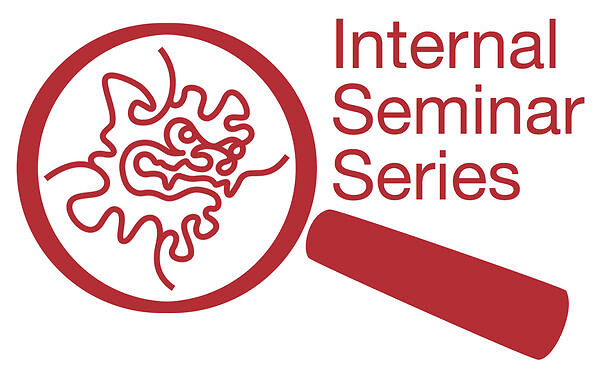Rossmann-Fold Methyltransferases: Taking a “Beta-Turn” around Their Cofactor, S-Adenosylmethionine, Bhanu Chouhan

Date
Location
Description
Speaker: Bhanu Chouhan, Protein Engineering and Evolution Unit
Title: Rossmann-Fold Methyltransferases: Taking a “Beta-Turn” around Their Cofactor, S-Adenosylmethionine
Abstract: Methyltransferases (MTases) are superfamilies of enzymes that catalyze the transfer of a methyl group from S-adenosylmethionine (SAM), a nucleoside-based cofactor, to a wide variety of substrates such as DNA, RNA, proteins, small molecules, and lipids. Depending upon their structural features, the MTases can be further classified into different classes; we consider exclusively the largest class of MTases, the Rossmann-fold MTases. It has been shown that the nucleoside cofactor-binding Rossmann enzymes, particularly the nicotinamide adenine dinucleotide (NAD)-, flavin adenine dinucleotide (FAD)-, and SAM-binding MTases enzymes, share common binding motifs that include a Gly-rich loop region that interacts with the cofactor and a highly conserved acidic residue (Asp/Glu) that interacts with the ribose moiety of the cofactor. Here, we observe that the Gly-rich loop region of the Rossmann MTases adapts a specific type II′ β-turn in the proximity of the cofactor (<4 Å), and it appears to be a key feature of these superfamilies. Additionally, we demonstrate that the conservation of this β-turn could play a critical role in the enzyme–cofactor interaction, thereby shedding new light on the structural conformation of the Gly-rich loop region from Rossmann MTases.
Subscribe to the OIST Calendar: Right-click to download, then open in your calendar application.



